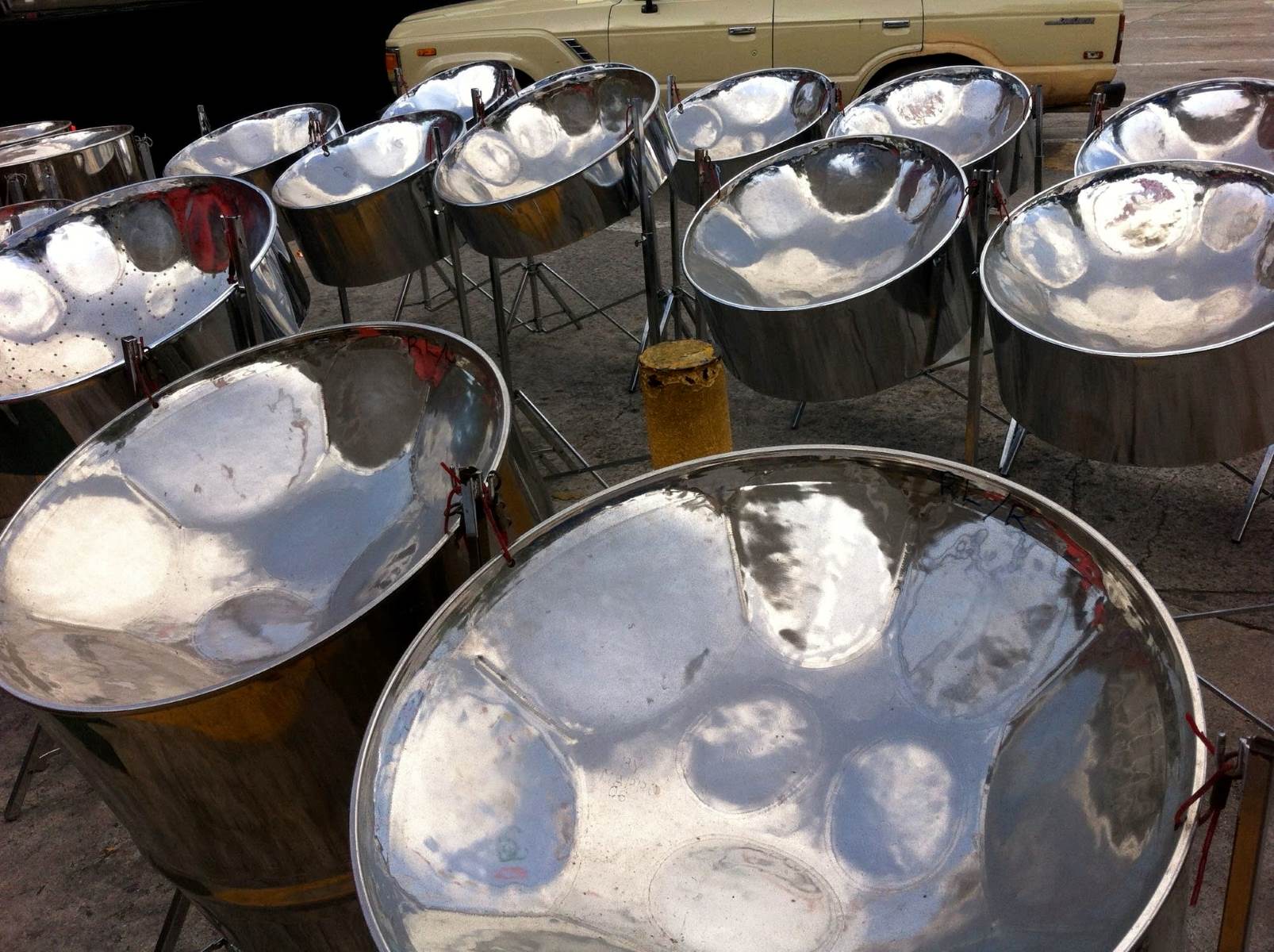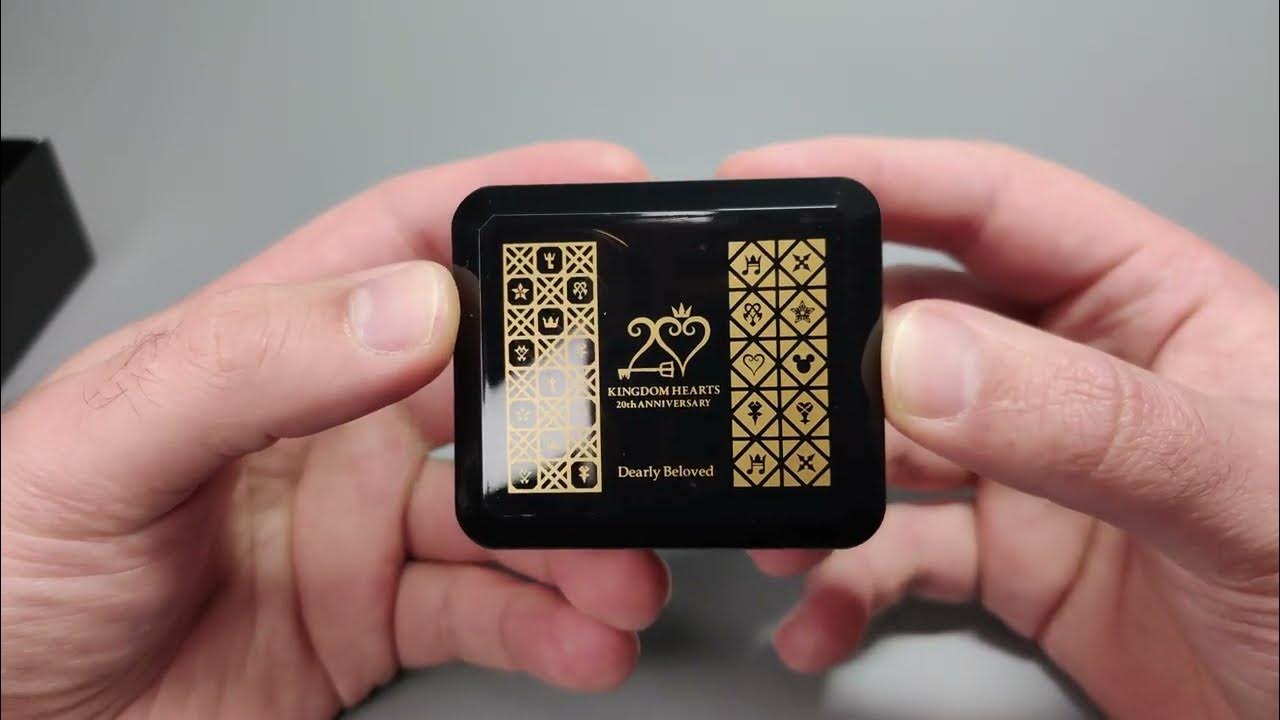Home>Instruments>Drums>Where Do Steel Drums Originate From


Drums
Where Do Steel Drums Originate From
Published: February 8, 2024
Discover the origins of steel drums and their cultural significance. Learn about the history and evolution of drums in different regions. Explore the rich heritage of drums and their impact on music.
(Many of the links in this article redirect to a specific reviewed product. Your purchase of these products through affiliate links helps to generate commission for AudioLover.com, at no extra cost. Learn more)
Table of Contents
Introduction
Steel drums, also known as steel pans, are a fascinating and vibrant musical instrument with a rich history and a unique cultural significance. These instruments are synonymous with the Caribbean, where their melodic tunes and rhythmic beats have become an integral part of the region's identity. The story of steel drums is one of innovation, resilience, and the celebration of tradition, making them a captivating subject for exploration.
The steel drum's distinct sound and captivating melodies have garnered global recognition, captivating audiences and musicians alike. From their humble beginnings to their modern-day prominence, steel drums have evolved into a symbol of cultural expression and musical artistry.
In this article, we will delve into the captivating history and origin of steel drums, tracing their evolution from their early roots to their contemporary significance. We will explore the cultural and musical impact of steel drums, shedding light on their enduring legacy and the ways in which they continue to captivate and inspire people around the world. Join us on a rhythmic journey through the captivating world of steel drums, where history, culture, and music converge to create a truly unique and unforgettable experience.
History of Steel Drums
The history of steel drums is a testament to the ingenuity and creativity of the human spirit. Originating in the twin-island Republic of Trinidad and Tobago, the steel drum has deep roots in the Caribbean’s vibrant musical traditions. Its evolution can be traced back to the early 20th century when African and Creole communities in Trinidad began using discarded industrial materials, such as oil barrels and metal containers, to create musical instruments.
One of the most significant milestones in the development of steel drums was the emergence of the “ping pong” or “steel pan” in the 1930s. These early iterations of the steel drum were crafted from discarded oil barrels and other metal containers, repurposed to produce a melodic range of sounds. The innovative use of these materials transformed them into musical canvases, giving rise to a new form of artistic expression.
During this period, steel drum music became an integral part of Trinidadian culture, particularly during the annual Carnival celebrations. The infectious rhythms and lively melodies of the steel drums captivated the local community and soon gained international attention, marking the beginning of the instrument’s global journey.
Despite initial skepticism and resistance from colonial authorities, the steel drum continued to flourish, becoming a symbol of cultural pride and resilience. Over time, dedicated artisans and musicians refined the instrument’s design and expanded its tonal range, further solidifying its status as a musical marvel.
Today, the history of steel drums stands as a testament to the power of creativity and cultural innovation. From its humble origins as a product of necessity and resourcefulness, the steel drum has evolved into a cherished symbol of Caribbean identity and musical excellence, captivating audiences worldwide with its infectious rhythms and soul-stirring melodies.
Origin of Steel Drums
The origin of steel drums can be traced back to the vibrant and diverse cultural landscape of the Caribbean, specifically the island nation of Trinidad and Tobago. The birth of the steel drum is deeply intertwined with the historical and social fabric of the region, reflecting the resilience and creativity of its people.
During the early 20th century, Trinidad and Tobago experienced a convergence of cultural influences, including African, East Indian, and European traditions. Against this backdrop, the steel drum emerged as a product of innovation and necessity, with its roots firmly planted in the island’s marginalized communities.
Originally crafted from discarded oil barrels and metal containers, the steel drum represented a bold departure from traditional musical instruments. The resourcefulness of the early innovators led to the repurposing of industrial materials into musical marvels, giving rise to a new form of artistic expression that resonated deeply with the local population.
While the exact moment of the steel drum’s inception remains a subject of historical debate, its development can be attributed to the creative spirit and communal ingenuity of Trinidadian artisans and musicians. As the instrument gained popularity, it became synonymous with the annual Carnival celebrations, serving as a vibrant and integral component of the island’s cultural identity.
One of the defining moments in the origin of steel drums was the recognition of their significance beyond Trinidad and Tobago. The instrument’s infectious rhythms and captivating melodies transcended geographical boundaries, captivating audiences worldwide and earning acclaim as a symbol of Caribbean musical excellence.
Today, the origin of steel drums serves as a testament to the enduring spirit of innovation and cultural resilience. From its humble beginnings in the Caribbean, the steel drum has transcended its geographical roots to become a cherished and celebrated musical treasure, embodying the rich tapestry of Caribbean heritage and the universal language of music.
Evolution of Steel Drums
The evolution of steel drums is a testament to the enduring spirit of innovation and artistic exploration. From their humble origins as repurposed industrial containers to their modern-day prominence on the global stage, steel drums have undergone a remarkable transformation, solidifying their status as a symbol of musical ingenuity and cultural pride.
Throughout the mid-20th century, dedicated artisans and musicians embarked on a journey of experimentation and refinement, seeking to expand the tonal range and versatility of the steel drum. This period marked a pivotal phase in the instrument’s evolution, as it transitioned from a novelty to a sophisticated musical marvel capable of producing a diverse array of melodic tones.
One of the most significant advancements in the evolution of steel drums was the development of distinct “voices” within the instrument’s ensemble. This innovation allowed for the creation of multi-part harmonies, enriching the sonic tapestry of steel drum music and elevating its expressive capabilities.
As the global recognition of steel drums continued to grow, the instrument underwent further refinements in design and construction, leading to the creation of specialized steel drum orchestras and ensembles. These developments expanded the repertoire of steel drum music, showcasing its adaptability across various musical genres and performance settings.
Today, the evolution of steel drums stands as a testament to the instrument’s enduring legacy and its ability to transcend cultural boundaries. From the streets of Trinidad and Tobago to prestigious concert halls around the world, steel drums have carved a unique and indelible path, captivating audiences with their infectious rhythms and soul-stirring melodies.
The ongoing evolution of steel drums serves as a reminder of the instrument’s boundless potential for artistic expression and cultural celebration. As it continues to inspire musicians and audiences alike, the steel drum remains a shining example of the transformative power of music and the enduring legacy of human creativity.
Modern Use of Steel Drums
In the contemporary music landscape, steel drums have transcended their traditional roles to become versatile and dynamic instruments employed across a wide spectrum of musical genres and performance contexts. Their vibrant and melodious tones have found resonance in diverse musical traditions, enriching compositions and captivating audiences with their unique timbre and rhythmic allure.
One of the most notable aspects of the modern use of steel drums is their integration into mainstream popular music. From reggae and calypso to jazz and even contemporary pop and rock, steel drums have left an indelible mark on the global music scene, infusing compositions with their distinctive Caribbean flair and infectious rhythms.
Beyond their presence in popular music, steel drums have also found a place in classical and orchestral settings, where their expressive capabilities and tonal richness have earned them a prominent role in symphonic compositions and ensemble performances. This expansion into classical music has broadened the scope of steel drum repertoire, showcasing their versatility and adaptability across diverse musical traditions.
Furthermore, the modern use of steel drums extends to educational and community settings, where they serve as powerful tools for cultural preservation and artistic expression. Steel drum ensembles and educational programs have proliferated, providing opportunities for individuals of all ages to engage with the instrument, learn about its cultural significance, and participate in collaborative musical experiences.
Additionally, the global reach of steel drums has been amplified through international festivals, workshops, and collaborations, fostering cross-cultural exchanges and celebrating the instrument’s universal appeal. These initiatives have contributed to the continued evolution and innovation of steel drum music, ensuring its enduring relevance in a rapidly changing musical landscape.
As we look to the future, the modern use of steel drums continues to evolve, embracing new technologies and collaborative possibilities while remaining rooted in the rich traditions that have shaped their identity. With their ability to captivate and inspire, steel drums stand as a testament to the enduring power of music to unite, uplift, and transcend boundaries.
Conclusion
The captivating journey of steel drums, from their humble origins to their modern-day prominence, is a testament to the enduring spirit of creativity, innovation, and cultural resilience. Emerging from the vibrant cultural landscape of the Caribbean, steel drums have transcended geographical boundaries to become cherished symbols of musical excellence and cultural identity.
The history of steel drums is a story of triumph over adversity, as the instrument evolved from repurposed industrial materials to a sophisticated and versatile musical marvel. Its infectious rhythms and soul-stirring melodies have captivated audiences worldwide, leaving an indelible mark on the global music scene.
From their traditional roles in Caribbean music to their integration into mainstream popular genres and classical compositions, steel drums have demonstrated their adaptability and expressive capabilities across a diverse array of musical traditions. Their modern use extends beyond performance settings, encompassing educational initiatives and community engagement, ensuring the preservation and celebration of their rich cultural heritage.
As steel drums continue to evolve and inspire, their enduring legacy serves as a testament to the transformative power of music to unite, uplift, and transcend boundaries. The instrument’s universal appeal and timeless allure underscore its significance as a symbol of artistic ingenuity and cultural celebration, resonating with audiences of all backgrounds.
In conclusion, the captivating history and modern use of steel drums stand as a testament to the instrument’s enduring legacy and its ability to captivate and inspire. As steel drums continue to weave their melodic tapestry across the global music landscape, they embody the rich tapestry of Caribbean heritage and the universal language of music, leaving an indelible mark on the hearts and ears of listeners around the world.











